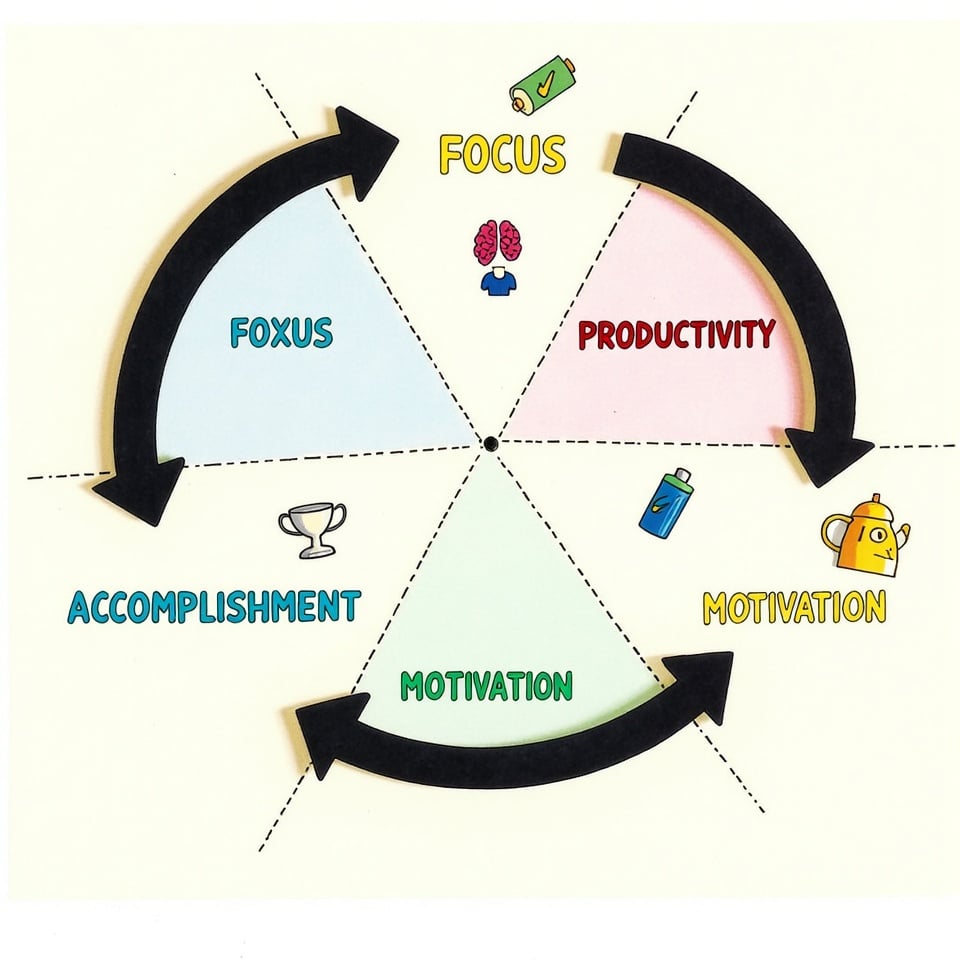Want to Write Clearly?
Do you want to write sentences that are easy to understand and get your point across? The simple sentence is the answer.
But don’t think simple means boring. Mastering simple sentences can take your writing to the next level. Whether you’re a student or someone who wants to write better, this guide can help.
Table of Contents
Let’s get started and learn how simple sentences can make your writing great!
What is a Simple Sentence?
A simple sentence consists of just one independent clause. This means it has a subject and a predicate that express a complete thought.
The subject is a noun or pronoun that performs the action. The predicate includes a verb and may have objects or modifiers.
Simple sentences are characterized by their straightforward structure.
Simple sentences are easy to understand because they have a straightforward structure. They communicate a single idea clearly and concisely.
Even though they’re called simple, these sentences can vary in length and complexity, as long as they maintain the core structure of one independent clause.
Examples of Simple Sentences
To illustrate the concept of simple sentences, consider these diverse examples:
- The cat sleeps.
- John and Mary studied for hours.
- The old car broke down on the highway.
- She quickly ran to catch the bus.
- The talented musician played three instruments simultaneously.
These examples demonstrate that simple sentences can:
- Be very short (Example 1) or relatively long (Example 5)
- Have compound subjects (Example 2)
- Include adjectives and adverbs (Examples 3 and 4)
- Contain prepositional phrases (Example 3)
What is the function of a simple sentence?
Simple sentences serve several crucial functions in language and communication:
- Clarity of Expression
Simple sentences excel at conveying a single, clear idea. Their straightforward structure allows writers and speakers to express thoughts without ambiguity. This clarity is especially helpful when you need to share important information or main points that you want people to remember.
- Emphasis and Impact
Simple sentences can make a big impact because they are short and to the point. When you put a simple sentence among more complicated ones, it can help draw attention to an important idea. Authors often use short, simple sentences in their writing to create suspense or highlight key moments in a story.
- Pacing in Writing
Simple sentences help control the pace of writing. Using several simple sentences in a row can create a fast-paced and exciting rhythm. This is helpful when you’re writing about action or trying to build excitement. Mixing simple sentences with more complicated ones can give readers a quick break and make your writing easier to understand.
- Foundation for Language Learning
For those learning a new language, simple sentences are fundamental. They provide a basic structure that learners can master before moving on to more complex constructions. This makes them invaluable in language education and acquisition.
- Effective Communication in Various Contexts
People prefer simple sentences because they are clear and easy to understand. This is especially true in science and business writing. Simple sentences help break down big ideas into smaller, straightforward statements that are easy to grasp.
- Versatility in Conveying Information
Despite their basic structure, simple sentences can convey a wide range of information. They can express actions, states of being, opinions, facts, and more, making them versatile tools in communication.
- Cognitive Processing
Our brains can understand simple sentences more easily. This is helpful when we’re learning new or tricky things. Simple sentences make it easier for us to take in and remember new ideas.
How to write a simple sentence?
Writing a simple sentence is a fundamental skill in language composition. Here’s a step-by-step guide to help you construct effective simple sentences:
- Identify the Subject
Begin by determining who or what your sentence is about. This is your subject, and it’s typically a noun or pronoun. For example:
- The dog
- She
- The old computer
- Choose a Verb
Select an action or state of being for your subject. This is your predicate verb. It tells what the subject does or is. For instance:
- barks
- laughs
- malfunctioned
- Combine Subject and Verb
Put the subject and verb together to form the core of your simple sentence:
- The dog barks.
- She laughs.
- The old computer malfunctioned.
- Add Modifiers (Optional)
While not necessary for a simple sentence, you can include modifiers to provide more information. These can be adjectives, adverbs, or prepositional phrases:
- The excited dog barks loudly.
- She laughs heartily at the joke.
- The old computer in the office malfunctioned yesterday.
- Check for Completeness
Ensure your sentence expresses a complete thought. It should make sense on its own and not leave the reader expecting more information.
- Verify It’s One Independent Clause
Remember, a simple sentence contains only one independent clause. If you find you’ve added another subject-verb pair that could stand alone, you’ve likely created a compound sentence instead.
- Use Proper Punctuation
Finish your simple sentence with the right punctuation mark. This is usually a period (.), a question mark (?), or an exclamation point (!)
- Vary Sentence Structure
While maintaining the basic subject-verb structure, try different arrangements to add interest:
- Standard: The cat sat on the mat.
- Inverted: On the mat sat the cat.
- Consider Sentence Length
Simple sentences can vary in length. Don’t be afraid to use longer simple sentences when appropriate. But make sure they remain clear and focused on one main idea.
- Practice and Refine
Writing effective simple sentences takes practice. Start with basic structures and gradually incorporate more elements as you become comfortable.
Simple Sentences vs. Other Sentence Structures
Knowing how simple sentences work can help you write better. Let’s compare simple sentences to compound, complex, and compound-complex sentences.
Simple Sentences vs. Compound Sentences
Simple Sentences:
- Contain one independent clause
- Express a single complete thought
- Have one subject-verb pair
Example: The cat sleeps on the couch.
- Contain two or more independent clauses
- Express multiple complete thoughts
- Have multiple subject-verb pairs
- Connected by coordinating conjunctions (and, but, or, etc.) or semicolons
Example: The cat sleeps on the couch, and the dog rests on the floor.
Key Difference: A compound sentence combines two or more simple sentences. This helps show that the ideas are connected and just as important as each other.
Simple Sentences vs. Complex Sentences
Simple Sentences:
- Have one independent clause
- Do not contain any dependent clauses
Example: The student completed her assignment.
- Contain one independent clause and at least one dependent clause
- The dependent clause cannot stand alone as a complete thought
- Often use subordinating conjunctions (because, although, if, etc.)
Example: The student completed her assignment because she worked diligently.
Key Difference:
A complex sentence is different because it shows that one idea is more important than the other.
Simple Sentences vs. Compound-Complex Sentences
Simple Sentences:
- Consist of a single independent clause
- Express one main idea
Example: The chef prepared a delicious meal.
- Contain at least two independent clauses and one or more dependent clauses
- Combine elements of both compound and complex sentences
- Express multiple ideas with varying levels of importance
Example: The chef prepared a delicious meal, and the guests enjoyed it, although some had dietary restrictions.
Key Difference: A compound-complex sentence is a mix of different ideas. It combines big and small ideas that are connected, and shows which ones are most important.
Conclusion
As we’ve explored, the simple sentence is far more than just a basic building block of language. It’s a versatile tool that can elevate your writing, whether you’re crafting a compelling novel, a persuasive essay, or a clear business report.
Remember:
- A simple sentence, with its single independent clause, provides clarity and impact.
- Subject-verb agreement is crucial, even in the most straightforward constructions.
- Modifiers, objects, and complements can add depth without sacrificing simplicity.
- Varying sentence structures, including simple sentences, creates rhythm in your writing.
Learning to write a great simple sentence is super important. It helps you communicate clearly in all kinds of situations. Whether you’re a student, a writer, or just someone who wants to express themselves better, simple sentences can help.
As you keep writing, don’t forget how powerful a simple sentence can be. It helps you get your point across, make things clear, and grab the reader’s attention. Use simple sentences well, and you’ll see a big difference in your writing
FAQs
What is a simple sentence?
A simple sentence is the most basic form of a sentence in English. It conveys a complete thought using a single independent clause. Despite its name, a simple sentence can vary in length and complexity, but it always expresses one main idea. For example, “The sun rises in the east” is a simple sentence.
What is an independent clause?
An independent clause is a group of words that contains a subject and a predicate and can stand alone as a complete sentence. It expresses a complete thought without relying on other clauses for meaning. For instance, in the sentence “Birds fly,” “birds” is the subject, and “fly” is the predicate, forming an independent clause.
What elements can a simple sentence contain?
A simple sentence needs two main things: a subject and a verb. But it can also have other parts that add more details. These might include words that describe the subject, words that describe the verb, and phrases that tell us more about the action.
For example, look at this sentence: “The energetic puppy quickly chased the red ball across the lawn.” It’s still a simple sentence, even though it has lots of extra details. It tells us what the puppy is like, how it chased the ball, and where it happened.
Can a simple sentence have compound parts?
Yes! A simple sentence can have parts that are made up of two or more things. For example, you can have two subjects, like “John and Mary went to the store”. Or you can have two verbs, like “She sang and danced”. You can even have two objects, like “He bought apples and oranges”. As long as the sentence only has one main idea, it’s still a simple sentence.
How many sentence structure types are there?
In English, there are four main types of sentence structures:
- Simple sentences (one independent clause)
- Compound sentences (two or more independent clauses)
- Complex sentences (one independent clause and one or more dependent clauses)
- Compound-complex sentences (two or more independent clauses and one or more dependent clauses)







